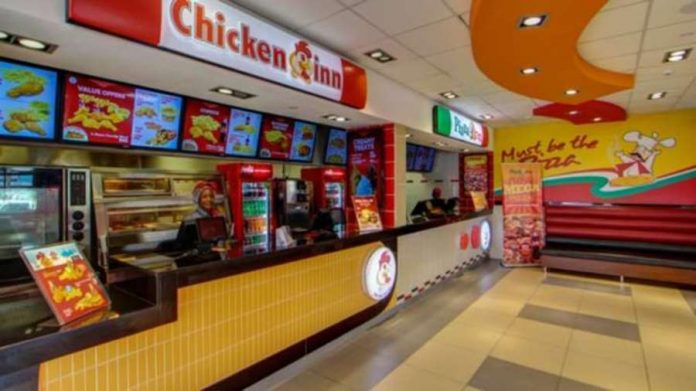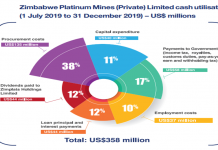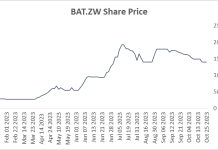HARARE – Simbisa Brands Limited is targeting to reach 1 000 stores across its operating markets by 2030 as part of its long-term strategy to grow its presence in the market.
Currently, the company operates 793 stores, which means it needs to open approximately 200 new stores within the next four to five years to achieve its goal.
CEO Basil Dionisio told FinX on the sidelines of the group’s analyst briefing this morning, that, “I would say that we want to get to a vision of 1000 stores as a group. And I think that must tie in with the vision of 2030.
Of the 798 stores currently operated by the group, 662 are company-operated stores.
In addition to opening new stores, Simbisa Brands is also investing in refurbishing existing ones, with 39 stores currently in the pipeline for renovation in the current financial year. The cost of refurbishing each store is expected to average US$200,000, with the total cost projected to be around US$8 million.
“That’s a significant capital expenditure, as each store’s refurbishment cost depends on the specific work required. I would say an estimated average cost of around US$200,000 per store,” he added.
In Zimbabwe, 19 stores are slated for refurbishment, with 15 in Kenya and 5 in Eswatini.
This aggressive expansion plan demonstrates Simbisa Brands’ commitment to increasing its footprint and enhancing its offerings to customers.
In its financials, Simbisa Brands reported a 7% increase in revenue to US$306.5 million year-on-year, supported by a 4% rise in customer counts. Operating profit climbed 9% to US$45.5 million, while profit before tax improved by 11.3%. Growth was underpinned by strong delivery volumes up 42% in Zimbabwe and 33% in Kenya driven by customer-centric initiatives, value-led promotions, bundle deals, menu innovation, and the modernization of 21 older stores.
In Zimbabwe, revenue rose 5% year-on-year, with customer counts up 7%. This growth was supported by aggressive promotions and continuous menu innovation. However, margins came under pressure due to persistent power shortages, rising operating costs, and the absorption of the recently introduced Fast-Food Tax.
The Regional segment delivered 11% revenue growth despite a 6% decline in customer counts, as higher average spend and currency appreciation helped offset subdued consumer demand, political unrest, and tax reforms in certain markets.
Kenya recorded a 12% increase in revenue in US terms, contributing 22% to total group revenue. This was driven by a 20% rise in real average spend, which offset a 6% decline in customer counts while delivery revenue surged 33%. The market added six new counters since July 2024, while strategically closing six underperforming sites. At year-end, Kenya operated 252 counters, with eight stores refurbished during the same period.
In Eswatini, revenue grew modestly by 1% year-on-year in USD terms. A 4% decline in customer counts was cushioned by a 5% increase in real average spend keeping profit margins stable compared to the prior year.

















